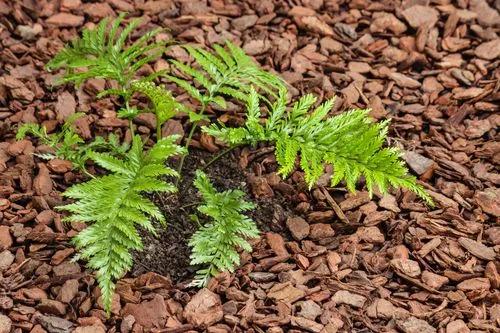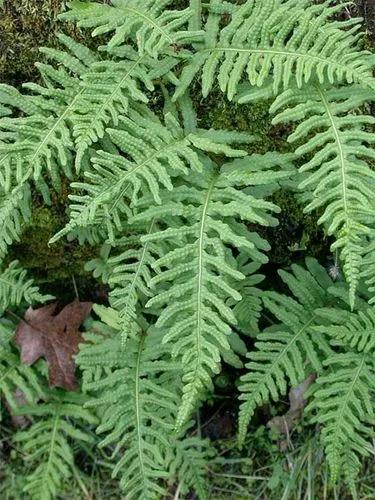Selaginella pulcherrima means a beautiful plant resembling a small Selago. People commonly call the plant “spike moss” due to its mossy qualities. It has low, moss-like growth and produces spores like ferns for reproduction. Most varieties don’t grow more than a few inches tall.It belongs to the selaginella genus, the sole genus of plants in the Selaginellaceae family. It’s native to tropical regions around the world, but it has become a popular houseplant.Due to its unique characteristics, this plant requires special care, including specific types of soil and watering schedules.
Spike Moss Plant Care
Selaginella Pulcherrima



How to Care for the Plant

Water

Spike moss won’t survive droughts. It needs frequent watering to keep the soil from drying out.

Pruning

Spike moss doesn’t need grooming, but pruning helps encourage new growth.

Fertilizer

Use fertilizer with each feeding throughout the spring, summer, and fall. The plant doesn’t need fertilizer during the winter, but it still requires regular watering.

Sunlight

It also thrives in the shade but requires warm temperatures during the summer. If grown indoors in a terrarium, pot, or box, keep it near a window with lots of sunlight, but avoid direct afternoon light.

Soil

Selaginella pulcherrima grows best in humus-rich soil. The soil should offer good water retention, keeping the roots from drying out too quickly.

Temperature

The low-growing plant may work as a ground cover in many regions, as it can survive temperatures as low as 0° degrees Fahrenheit (-18° C) during the winter.

Popularity

74 people already have this plant 12 people have added this plant to their wishlists
Discover more plants with the list below
Popular articles






